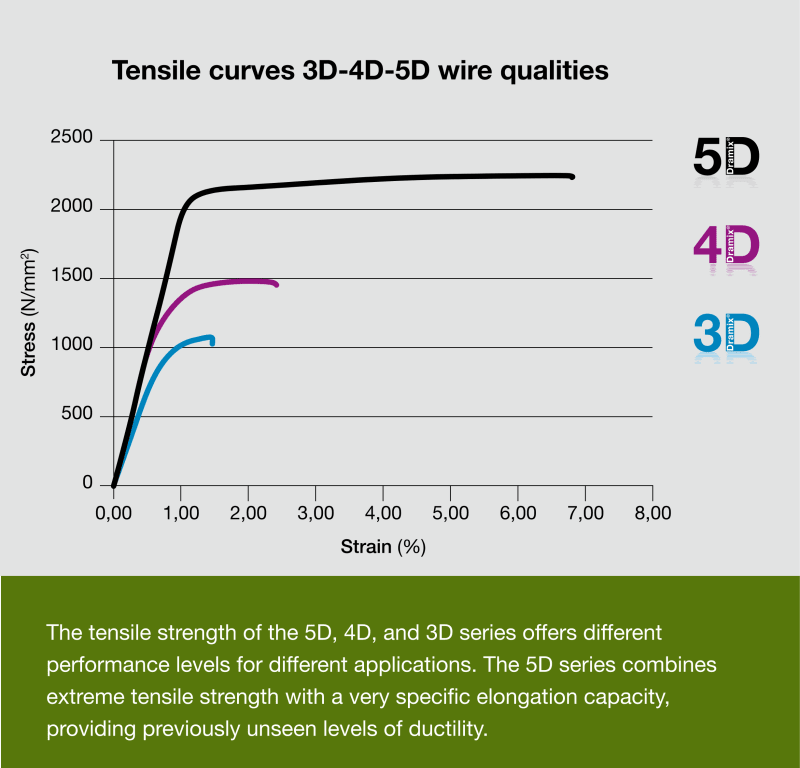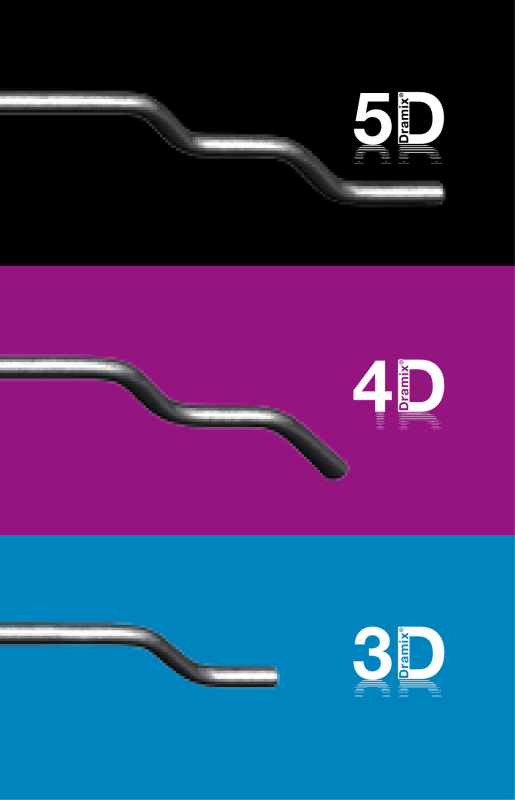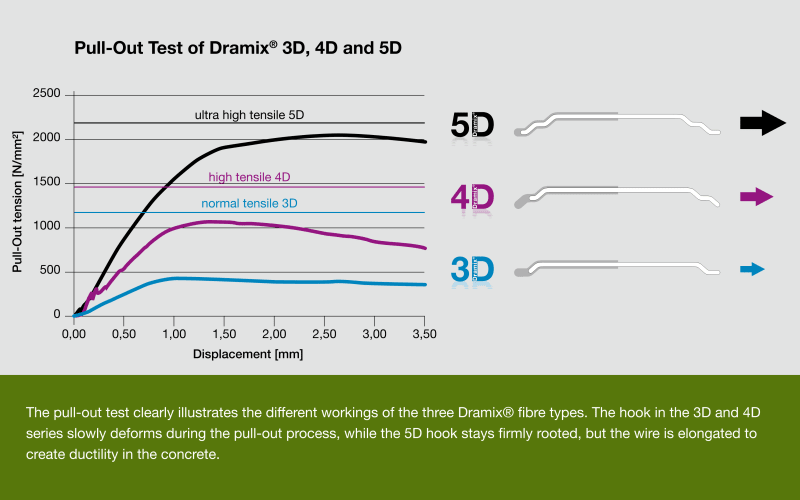-
1
- #1
Ron247
Structural
- Jan 18, 2019
- 1,103
I am looking into Helix brand micro-rebar. I have just started reviewing their literature and presentation materials. Knowing these are their "sales tools", I was curious if anyone on this site has actually worked with it, designed with it or closely investigated it.
At first I was heavily skeptical at first, but after reviewing some of their information and videos, I am less skeptical but still not sold except for temperature and shrinkage.
At first I was heavily skeptical at first, but after reviewing some of their information and videos, I am less skeptical but still not sold except for temperature and shrinkage.



